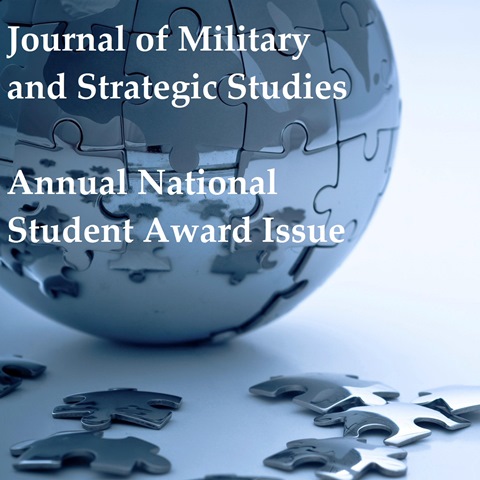Beyond the Central Eurasian Pivot?
Abstract
Central Eurasia has long been an area that occupies utmost geostrategic importance inthe international system. Scholars throughout the 20th century identified Central Eurasia as the singlemost pivotal area for powerful states to gain influence and control. Their theories were based upon the fact that the region contained vast natural resources, a large population, high economic potential, and was geographically situated in a location strategically important for all world powers. As aresult, Central Eurasia’s importance in international affairs influenced geostrategic thinking during the inter-war years into WWII, the Cold War, and the post-Cold War era. Yet the shift in power that has occurred globally in recent years has caused scholars to signal the emergence of a new multipolar world. Some scholars have additionally hypothesized that there will be new geostrategic pivot states and regions located outside of Central Eurasia as a result. This study uses both historical and contemporary literature from the field of geopolitics to construct a list of potential pivots in the current international system. It then compares potential new pivot areas to the traditional Central Eurasian region using the variables listed above. The study finds that there are in fact comparable geostrategic pivots located outside of the Central Eurasian region in the contemporary international system. The implications of these findings are then discussed in the context of geostrategy and international security.Downloads
Download data is not yet available.



